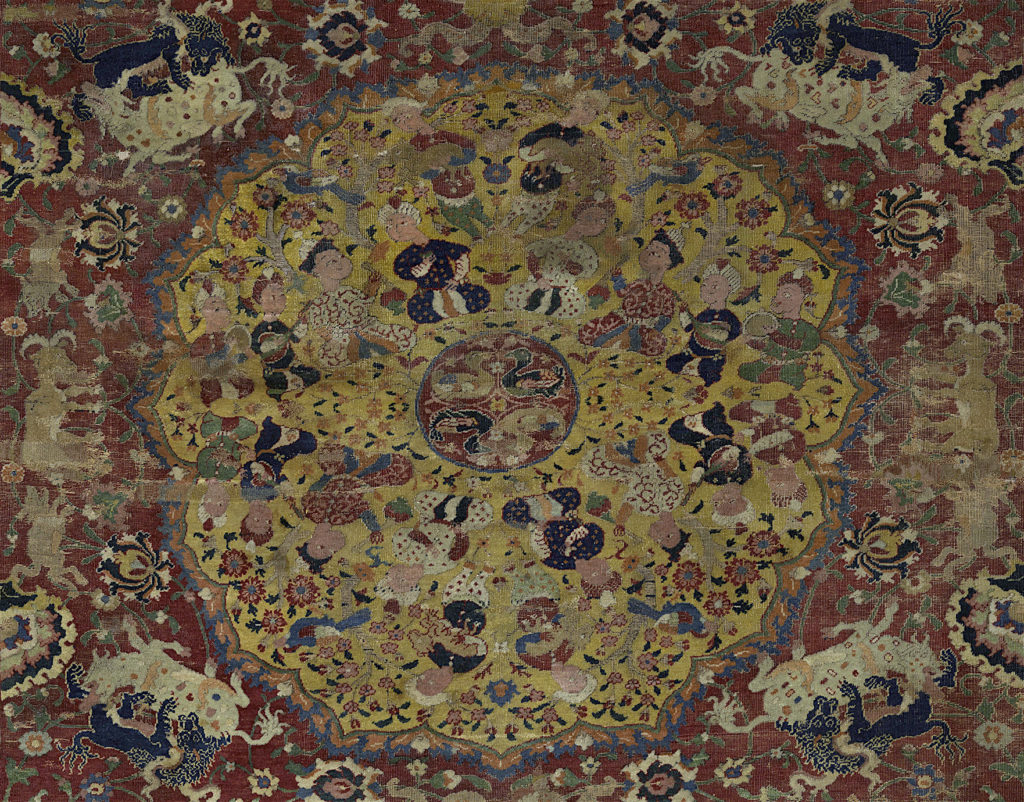Opinion
‘Islamic’ Carpets Prove That ‘Islam’ Can Cover Many Things
THE DAILY PIC: In the Metropolitan's show of Iranian rugs, joy and esthetics are every bit as Muslim as severity and abnegation.

THE DAILY PIC: In the Metropolitan's show of Iranian rugs, joy and esthetics are every bit as Muslim as severity and abnegation.

Blake Gopnik

THE DAILY PIC (#1751):
Some entity called “Islamic culture”? A myth.
“Christian culture”? Ditto.
The medieval cult of the saints, polytheistic to the core, is as good an example of Christian “monotheism” as any. Papal flamboyance and Puritan asceticism were both clearly Christian, at the same moment in the 17th century. To this day, Mormonism and Christian Science, with their proprietary prophets, both declare themselves Christian. Who dares say they aren’t? Christianity is whatever people choose to count as Christian, at any given time and place. History proves that there’s no greater “essence” to its culture than that.
Today’s Pic, showing the central medallion from a carpet made for Persian elites in the 16th century, goes some way to proving that the same is true of Islam. It comes from a lovely new focus show at the Metropolitan Museum in New York called “Carpets for Kings: Six Masterpieces of Iranian Weaving.”
Islam, as defined by some—but only some—of today’s followers is supposed to involve a culture of abnegation. But here we have a carpet from evidently “Islamic” Persia that clearly celebrates the pleasures of the world, both in the glorious way it has been woven and in the feasting scene that it shows.
Islam is also said to be against “graven” images, but this carpet revels in representation, even when it’s of revelry. (Given their rejection of picture-making, I’m not sure how some of today’s self-declared champions of Muslim orthodoxy get away with video and TV.)
The Met’s glorious Persian carpets, now brilliantly restored, show that Muslims can define and redefine their culture however they please. Before his recent resignation, Met director Thomas Campbell wrote a brave blog post against Donald Trump’s Muslim ban, declaring his museum’s (very popular) Islamic galleries to be “a nuanced and rich counterpoint to the oversimplification of Islam prevalent in today’s media and political discourse.”
The carpet show in those galleries, and other Muslim-themed displays that have sprung up at the Met and elsewhere, prove that letting “them” into the country may be the best way to let Muslims see a full menu of choices for ways of being. And that must be the essence of American culture, if it is possible to imagine such a thing.
For a full survey of past Daily Pics visit blakegopnik.com/archive.